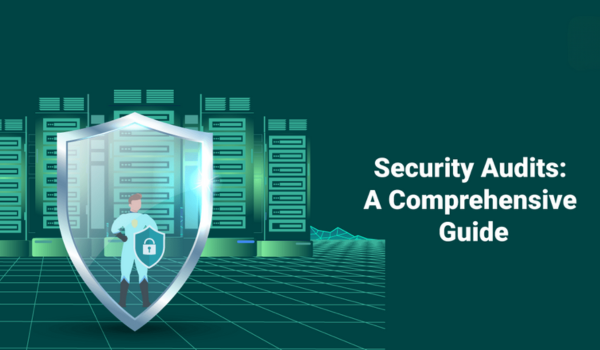Introduction
This section sets the stage by explaining the purpose and importance of conducting a network security audit. It emphasizes the need for organizations to regularly assess their network security posture to identify vulnerabilities and mitigate risks effectively.
Define the Scope and Objectives
Before initiating the audit process, it’s essential to clearly define the scope and objectives. This involves identifying the assets to be audited, setting specific goals for the audit, and determining the boundaries or limitations of the audit.
Gather Necessary Tools and Resources
To conduct a thorough Data security audit, organizations need access to the right tools and resources. This step involves identifying and acquiring the necessary audit tools, assembling the audit team, and gathering relevant documentation such as network diagrams and security policies.
Conduct a Network Inventory
A comprehensive network inventory is essential for understanding the organization’s network infrastructure. This step involves cataloging all hardware and software assets, creating network topology maps, and documenting the layout of the network.
Assess Network Vulnerabilities
Vulnerability assessment is a critical aspect of a network security audit. This step involves using automated scanning tools to identify known vulnerabilities, conducting manual testing for deeper analysis, and evaluating the status of security patches and updates.
Review Network Policies and Procedures
Network security policies and procedures play a crucial role in maintaining a secure network environment. In this step, organizations review existing policies, assess access controls, and evaluate the effectiveness of the incident response plan.
Analyze Network Traffic
Monitoring and analyzing network traffic can provide valuable insights into potential security threats and vulnerabilities. This step involves using monitoring tools to observe network traffic patterns, detect anomalies, and ensure the encryption of sensitive data during transmission.
Evaluate Physical Security
Physical security is often overlooked but equally important in network security. This step involves assessing access controls to network equipment, evaluating environmental protections, and identifying physical threats such as theft or vandalism.
Document Findings and Recommendations
After completing the audit process, it’s essential to document the findings and recommendations in a comprehensive report. This step involves prioritizing vulnerabilities based on risk level, providing actionable recommendations for remediation, and outlining an action plan for addressing identified issues.
Implement and Monitor Improvements
The final step involves implementing the recommended improvements and continuously monitoring the network for any new security threats or vulnerabilities. This includes addressing critical vulnerabilities, updating security policies, and setting up continuous monitoring systems.
Conclusion
The conclusion summarizes the key points covered in the blog post and reinforces the importance of conducting regular network security audits. It encourages readers to take proactive steps to safeguard their network infrastructure and emphasizes the need for ongoing vigilance in the face of evolving cyber threats.















